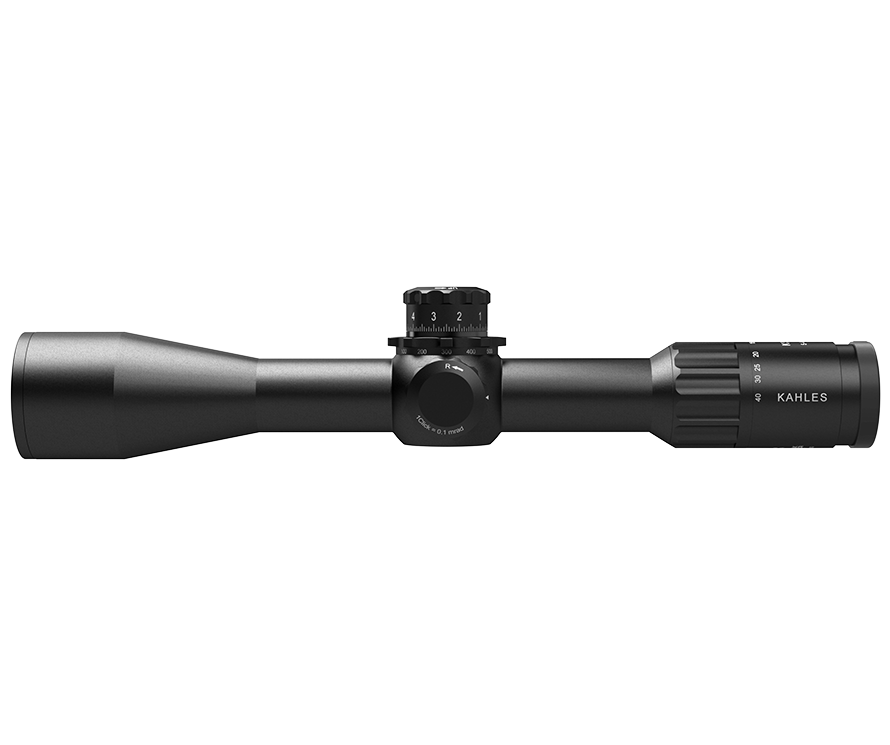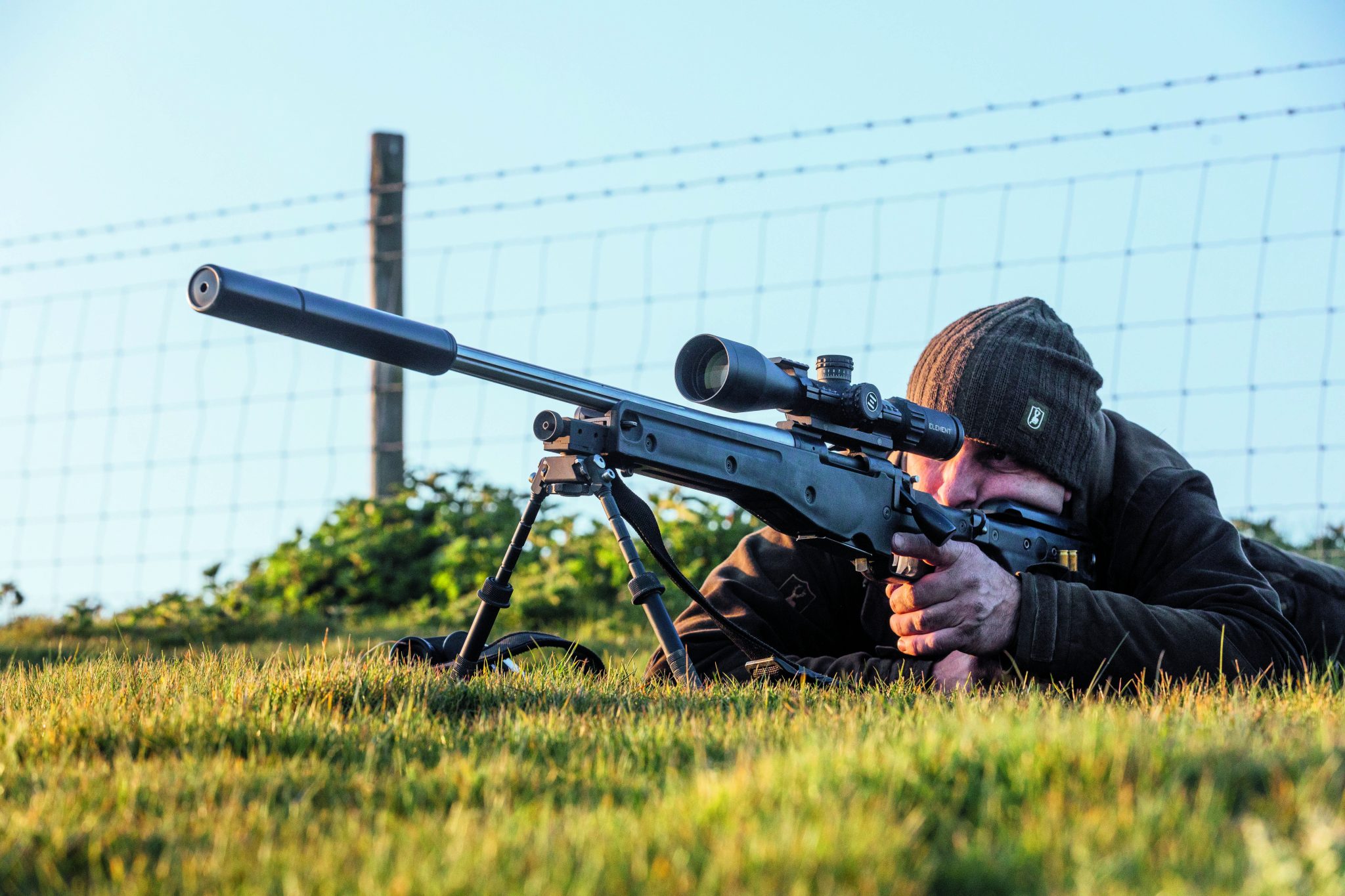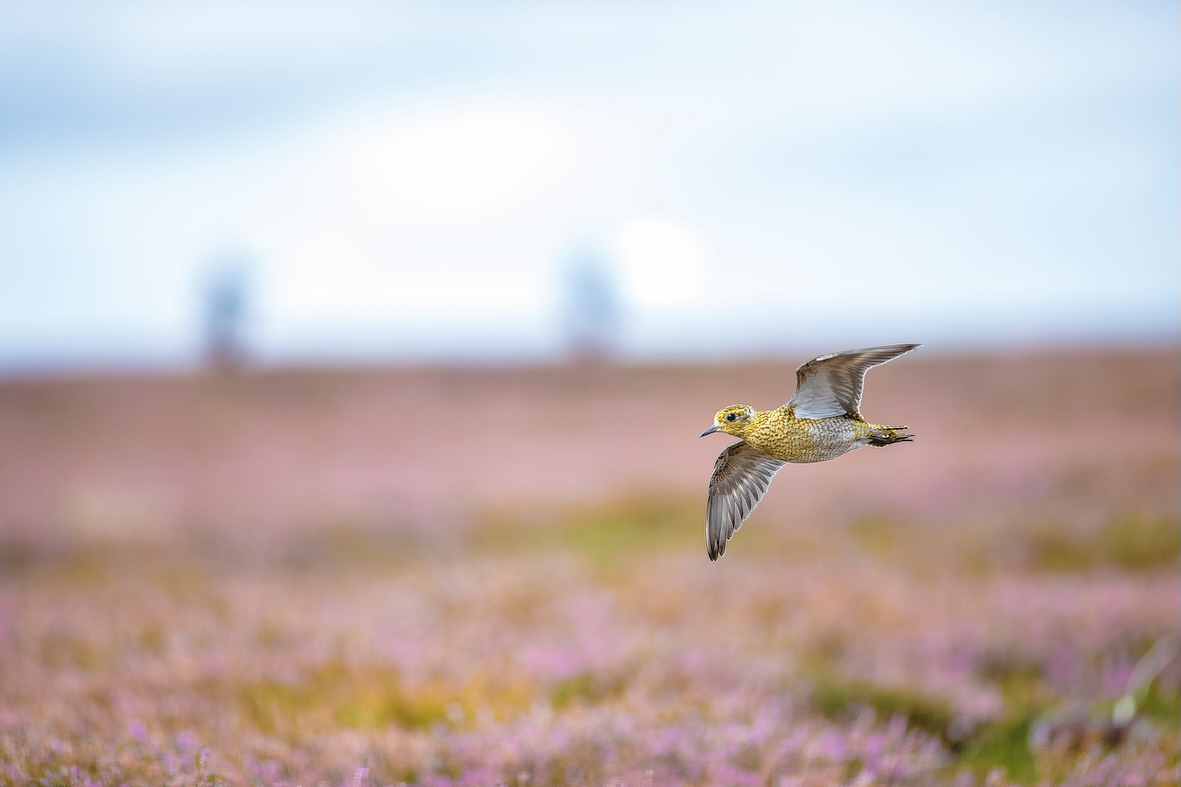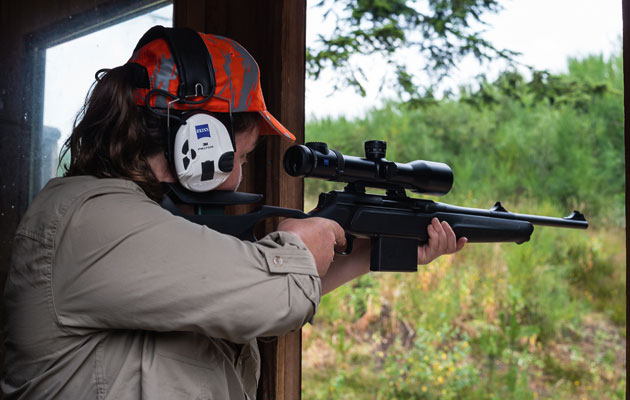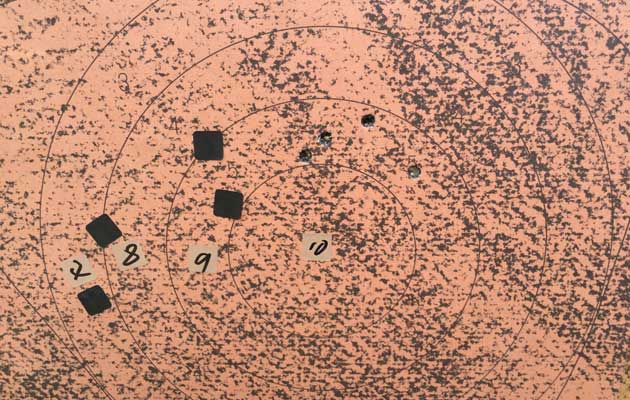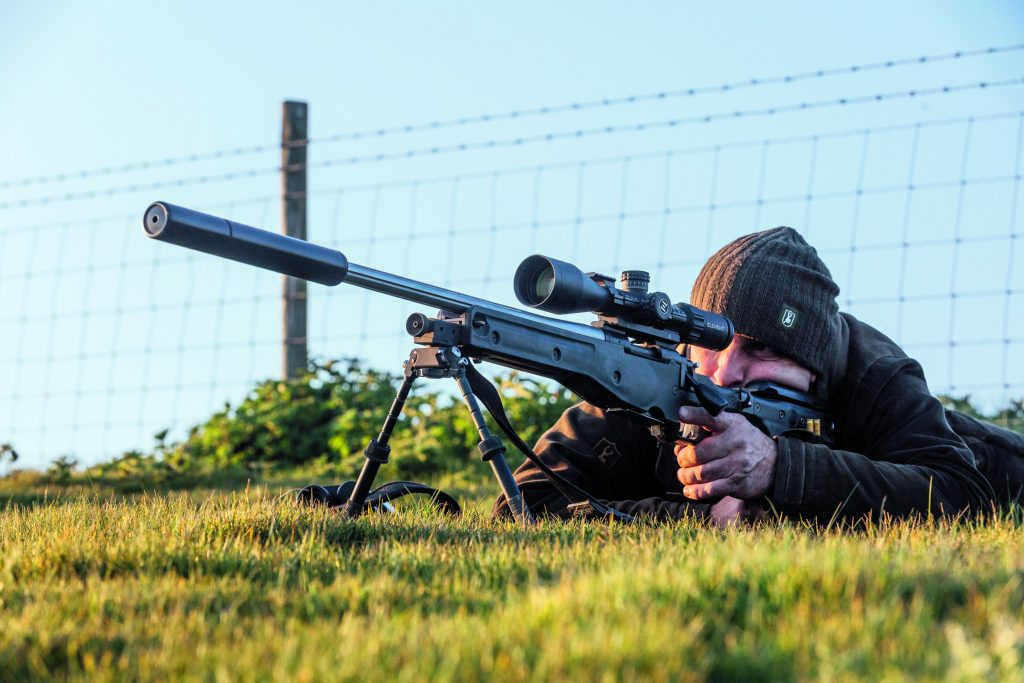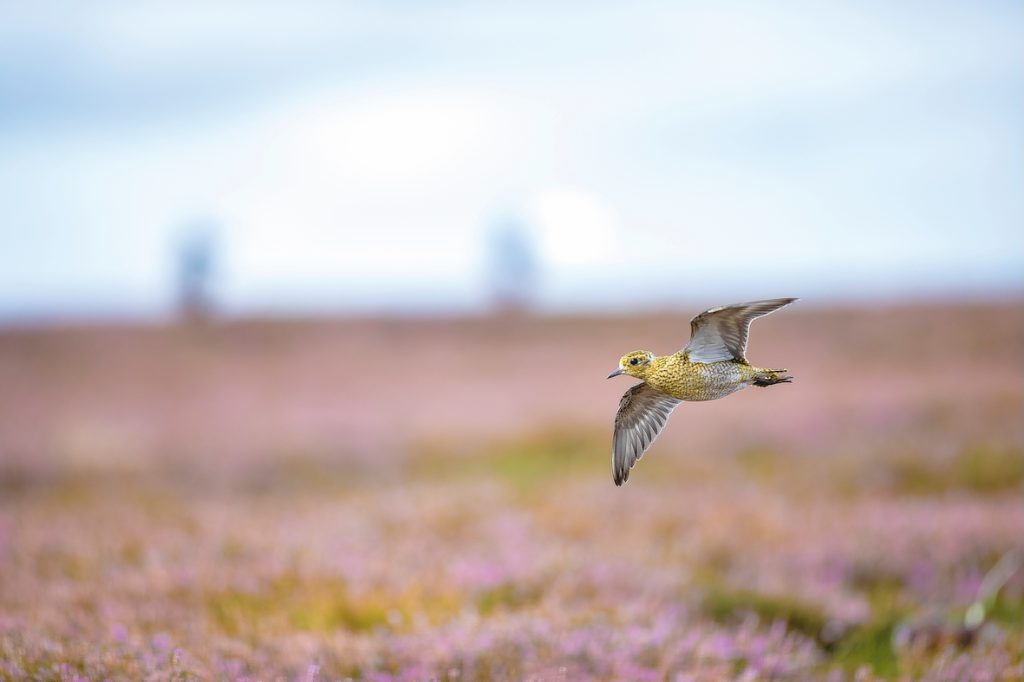News
The Zeiss Fieldshooting Weekend 2014
Would you like to speak to our readers? We offer sponsored articles and advertising to put you in front of our audience. Find out more.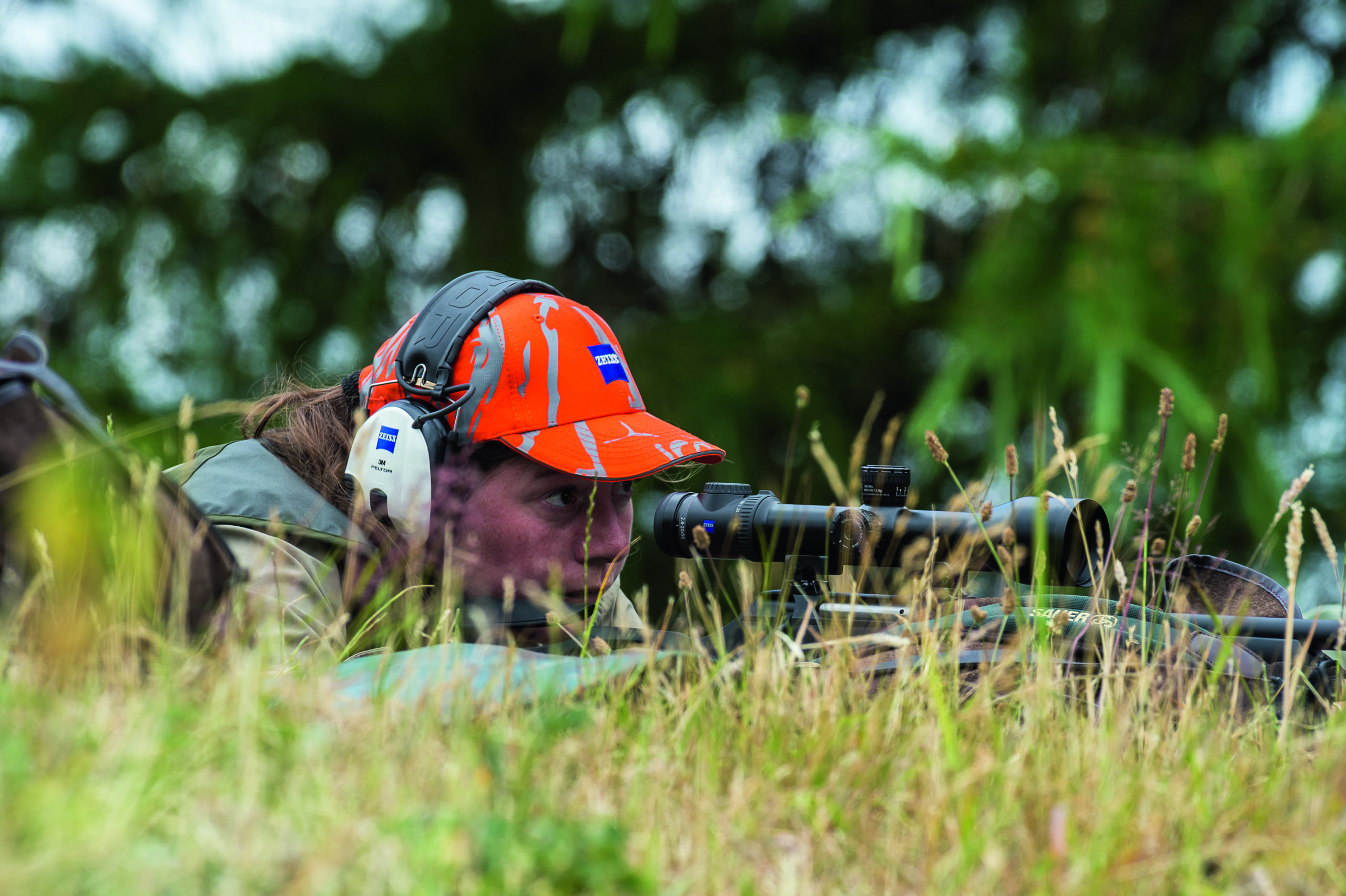
The bruises have just about faded from my recent trip to Ulfborg, Denmark. “Bruises?” I hear you say. “You weren’t holding your rifle right.” But split 30,000 rounds of ammunition between 23 journalists over a two-day period, and a blue patch or two is hardly surprising. This orgy of rifle shooting is an annual event, organised by Zeiss, in partnership with Sauer rifles, RWS Ammunition, Härkila and Blaser shotguns for hunting journalists from all over Europe. Now in its third year, the Zeiss Fieldshooting Weekend is held to showcase the latest optics — in this case, the Victory V8 2.8-20×56 scope. And how better to test a rifle and scope than at a range that has everything from running boar and deer, a 25m range and moving targets at 600m?
The format
Day one was a chance to test the kit at all sorts of targets — try a spot of clayshooting and watch a demonstration of RWS’s latest ammunition. The second day would be a competition. I knew from talking to my fellow journalists that this was taken pretty seriously by some, and that many had a lifetime of experience, particularly when it came to the long-range stuff.
The main building at Ulfborg houses the zeroing range, and it was here that we headed to collect our rifles. And there they were, 23 Sauer 202 Synchro XT rifles, in .308 Win, with the Zeiss V8 mounted. I shot my first round, which went low and right, but I knew I’d slightly pulled the shot, so took another and then adjusted the height. I shot a few more rounds to check that the grouping was satisfactory — after all, if you are going to spend two days switching ranges and playing with a scope, it would be a shame to scrimp on time and ammunition at this stage. Then, divided into groups of four or five, we were sent out for the day: running boar and deer; the long-range; the Blaser shotgun stand; the RWS ammunition stand and the variable range stand.
The kit
The Sauer 202 Synchro XT has an adjustable cheekpiece, as well as a thumbhole stock. Personally, I’m not a fan of the look of adjustable cheekpieces, however it did solve my usual problem of having to adopt an awkward and therefore inconsistent shooting position. I tend to use a stock pad with my own rifle, but with the Sauer it was simply a matter of raising the cheekpiece by half-an-inch. I found, over the weekend, that the toe of the butt was a little sharp for me, but my fellow journalists didn’t mind it, so I think that can be put down to anatomy. With no sound-moderators and 184-gr ammunition, the Sauer was bound to give a bit of a kick, but after the first few dozen shots, you got used to it, and throughout, the Sauer showed excellent accuracy, even when the barrels were burning.
I was not alone in loving the V8 scope. The ASV system for LongRange bullet drop compensation handles intuitively, and the scope has an excellent field of view of 15.5m at 100m on its lowest magnification. At 100m, the illuminated dot covers a mere 4mm, even at maximum magnification. And with a light transmission of 92 per cent it would clearly be an excellent scope for getting those extra minutes at dawn and dusk. It was as easy as pie to use, especially for jumping from distance to distance and having to compensate for windage at the longer ranges.
Blaser, meanwhile, was showcasing its F3 over-and-under shotgun. It’s a lovely looking thing, and, I was assured by my group, it shot nicely. I used the ladies’ version, the F3 Baroness. It’s an elegant gun, which was kind on the shoulder (by now a little tender), and it proved its worth with the synchronised clays. It has a good solid feeling, without being too heavy.
A smooth path
RWS used ballistic soap to demonstrate the difference between its EVO rounds and the recently launched HIT (High Impact Technology) round. Once the bullet had been fired and collected, each block of soap was cut into four pieces, to demonstrate not only the bullet’s track, but also allowing a volume comparison between the two. HIT, which is a lead-free round, is non-fragmenting and carved an impressive wound channel. After the seriousness of the demonstrations, it was on to the fun part — a timed challenge of shooting four apples and a melon off a stand at 25m, harder than it sounds!
Is it ever enough?
That evening, fuelled by a barbecue and the fun of shooting targets all day long (and even, I’m rather pleased to say, managing to hit some, including a moving target at 500m, standing and freehand), the conversation flowed. It was fascinating to hear about hunting, conservation, laws, traditions and attitudes from so many nationalities.
Despite the fact that many of us were feeling our shoulders, and all of us had spent at least five hours shooting, it seemed inevitable that the moment an air rifle appeared, everyone flocked to the range once more. Firebird targets, which had also provided a lot of fun at the long-distance range that day, were still merrily exploding when I made my way to bed.
Competitive spirit
There was a marked difference in the atmosphere the following morning — no one had stayed up particularly late, but with the competition looming, you could tell who was going to take it seriously. With heavily laden backpacks stuffed with clothes, and in some cases pillows, slung over one shoulder, and rifles over the other, we set off for an exhausting and challenging five hours of competition.
Kneeling, sitting, prone, standing, from a high seat, with sticks, without, from the roe sacks — every possible test at distances ranging from 70m to 500m was put to us. Each stand had a life-size picture of the targets, showing the kill area and the distance at which the target was. It certainly showed your weak and strong points (kneeling being my former and standing off sticks my latter). There was a certain amount of consternation when we realised that another group had had the wits to take their sticks and roe sacks up the high seat, giving themselves a far more stable platform.
One of the more amusing stands was a two-shot test with a .458 Lott and open sights, firing at an un-PC cardboard cutout of an elephant at 60 yards, and trying to hit the heart and the brain.
A hundred rounds on, and we had completed the course. Unwillingly, we handed our rifles back before the awards ceremony — the overall winner, Ulf Lindroth, was pretty familiar with the winners’ platform, having scooped the prize last year, too.
My bruises will fade, but I’ll remember the weekend for a long time to come. Meeting our Continental colleagues was a huge privilege, and it was fascinating to hear their views, experiences and attitudes. And, of course, putting top-notch kit to the test at one of the best ranges in Europe, with an unlimited supply of ammunition was a huge treat. Then there were the tips from so many experts in their field, which I know has furthered my shooting considerably. Those two days of non-stop rifle action only served to fan the flames for me. I know what I’ll be doing over the next few months. Practising those kneeling shots, and heading to the British Sporting Rifle Club to improve my running deer performance!
Related articles
News
A sound decision as moderators to be taken off licences
The Government has finally confirmed what the shooting community has long argued – that sound moderators should be removed from firearms licensing controls
By Time Well Spent
Gamekeeping news
News
Devastating effects of keepers downing tools
A 20-year experiment highlights the dramatic decline in our red-listed birds after predator control ends, proving the vital role of gamekeepers
By Time Well Spent
Manage Consent
To provide the best experiences, we use technologies like cookies to store and/or access device information. Consenting to these technologies will allow us to process data such as browsing behavior or unique IDs on this site. Not consenting or withdrawing consent, may adversely affect certain features and functions.
Functional Always active
The technical storage or access is strictly necessary for the legitimate purpose of enabling the use of a specific service explicitly requested by the subscriber or user, or for the sole purpose of carrying out the transmission of a communication over an electronic communications network.
Preferences
The technical storage or access is necessary for the legitimate purpose of storing preferences that are not requested by the subscriber or user.
Statistics
The technical storage or access that is used exclusively for statistical purposes.
The technical storage or access that is used exclusively for anonymous statistical purposes. Without a subpoena, voluntary compliance on the part of your Internet Service Provider, or additional records from a third party, information stored or retrieved for this purpose alone cannot usually be used to identify you.
Marketing
The technical storage or access is required to create user profiles to send advertising, or to track the user on a website or across several websites for similar marketing purposes.

